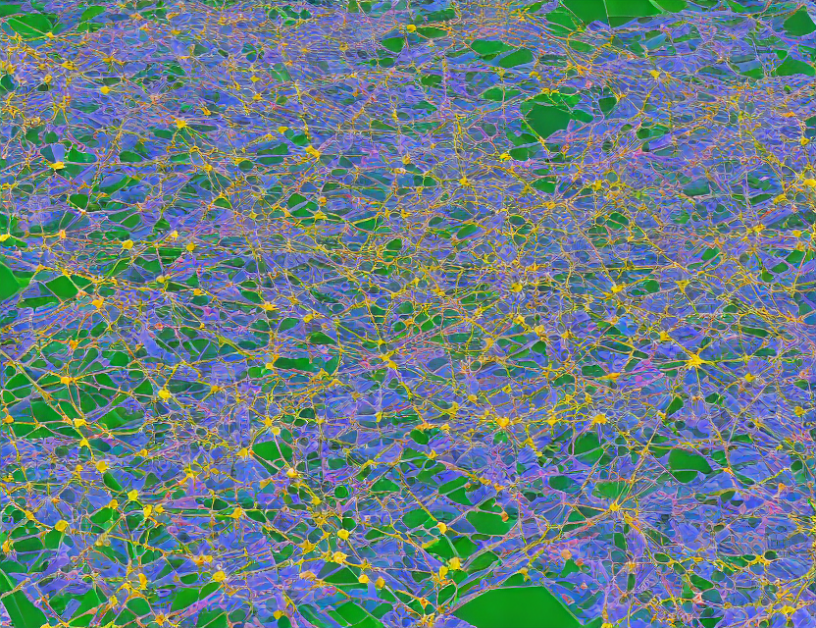Federated learning is a machine learning approach that enables multiple parties to work together without sharing their data, making it an attractive solution for tackling community detection in graph-structured data. In this article, we explore the application of federated learning on graphs for community detection, where each client has its own graph and learns a local model without sharing the graph structure. The federated algorithm aggregates the local models to obtain a shared representation across clients.
The authors discuss three datasets used in their experiments: Cora, Citeseer, and PubMed. Each dataset is split into partitions for each client, ensuring that the partitioning scheme does not result in non-isomorphic graphs compared to the original. The average clustering coefficient is calculated for each node, which represents the proportion of connections existing within a node’s neighborhood. Closeness centrality is also defined as a measure of global graph proximity.
The authors highlight the challenges of community detection in graph-structured data, particularly in the presence of fake news propagation and missing connections between nodes. They emphasize the importance of sharing information while maintaining data privacy, which is achieved through federated learning. The algorithm learns a personalized model for each client while also sharing global information insights, which can improve patient care in the case of hospitals working together.
To tackle these challenges, the authors propose using representation learning on graphs, which involves learning a mapping from nodes to a lower-dimensional space while preserving the graph structure. They demonstrate the effectiveness of their approach through experiments on synthetic and real-world datasets, achieving improved clustering results compared to traditional methods.
In conclusion, federated learning on graphs offers a promising solution for community detection in graph-structured data, enabling multiple parties to collaborate without compromising data privacy. By learning a personalized model for each client while sharing global information insights, the algorithm can improve patient care and tackle complex challenges in graph-structured data.
Computer Science, Machine Learning
Federated Graph Neural Network Learning with Heterogeneous Datasets: A Comparative Study of Clustering and Community Detection Methods



